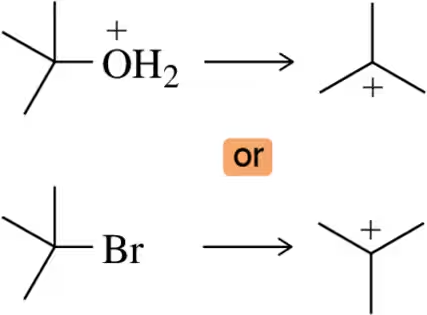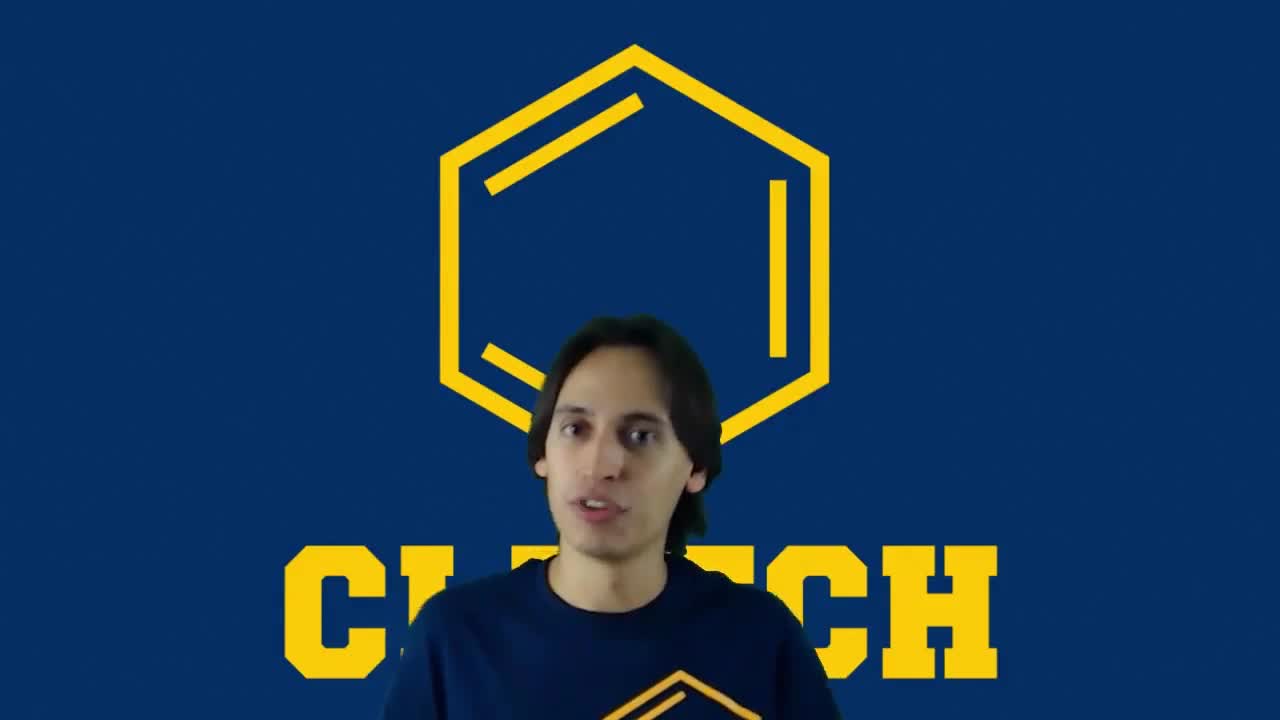Which substitution reaction takes place more rapidly?
d. CH3CH2Cl + I− or CH3CH2Br + I−

 Verified step by step guidance
Verified step by step guidance Verified video answer for a similar problem:
Verified video answer for a similar problem:



 3:06m
3:06mMaster How to use the factors affecting acidity to predict leaving group ability. with a bite sized video explanation from Johnny
Start learning